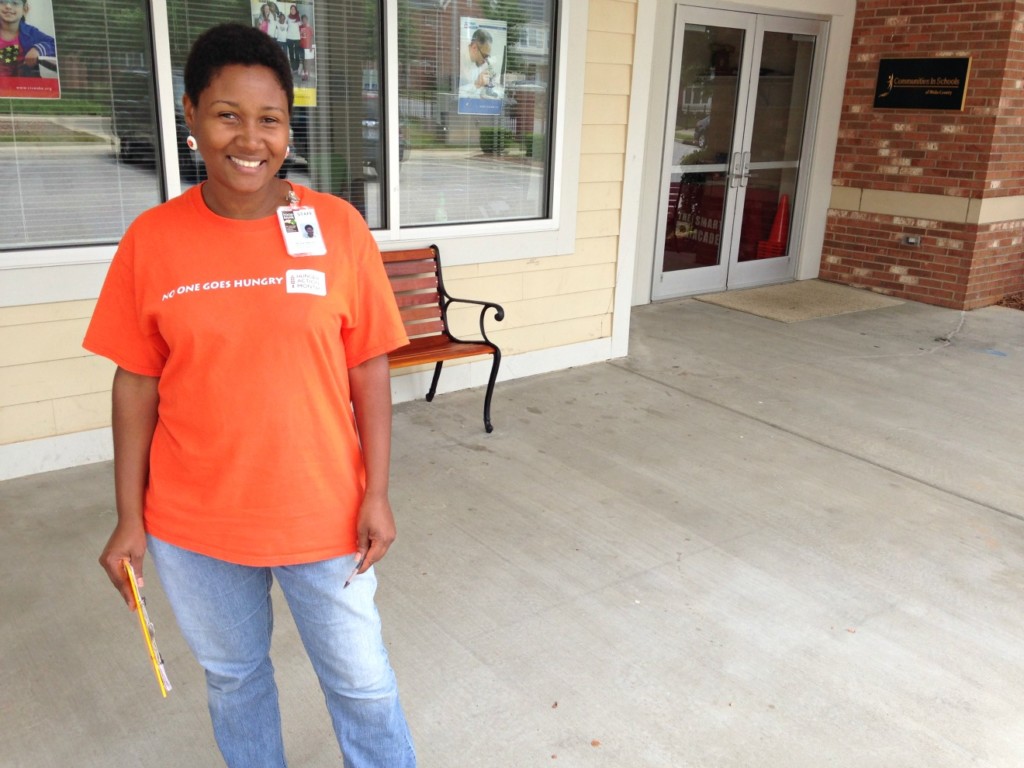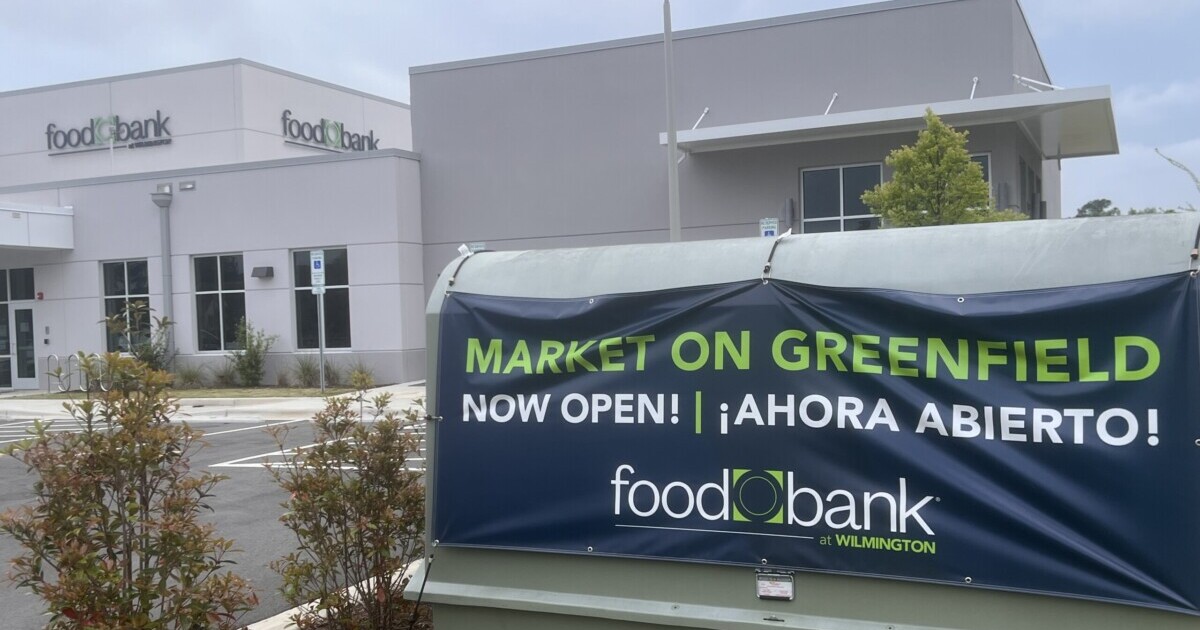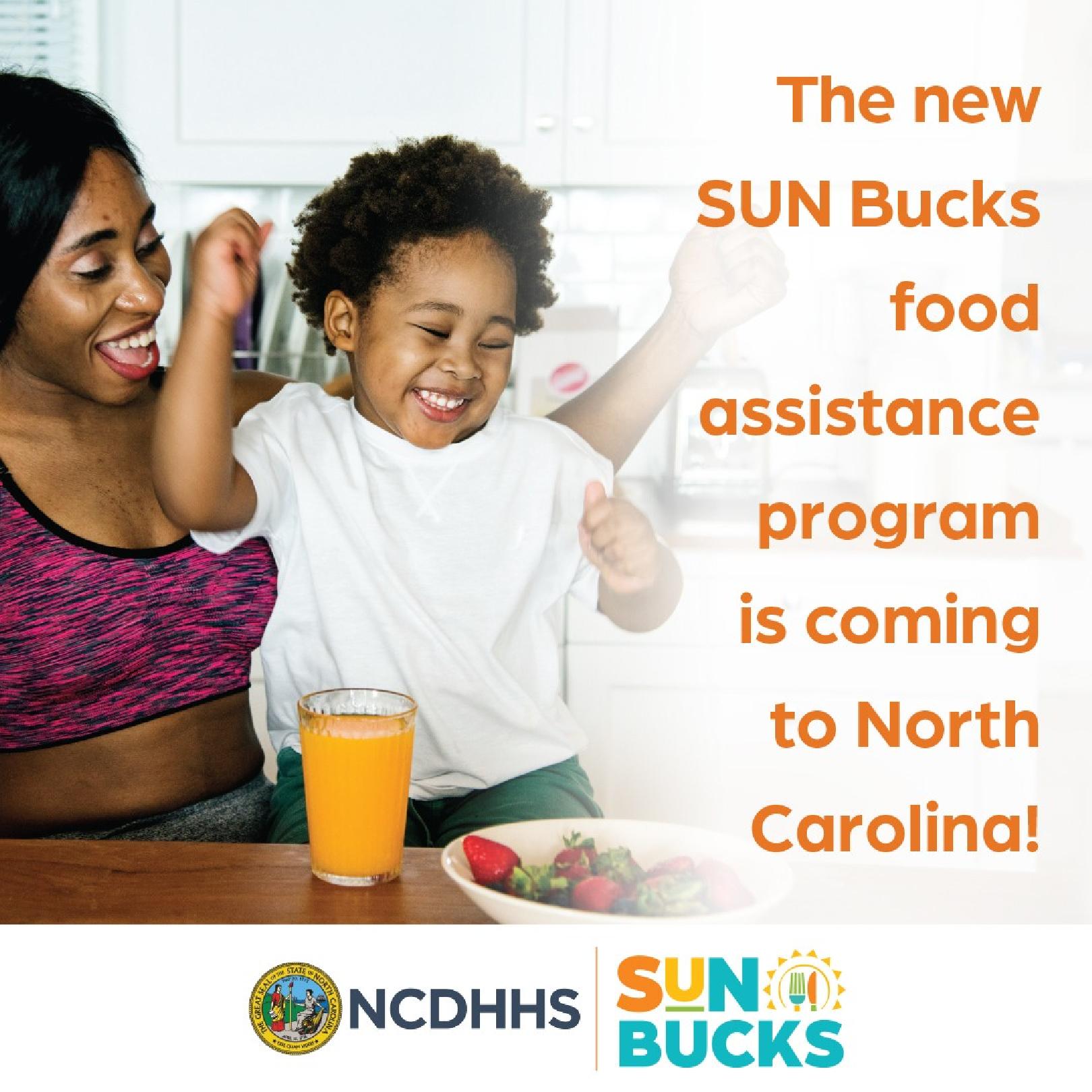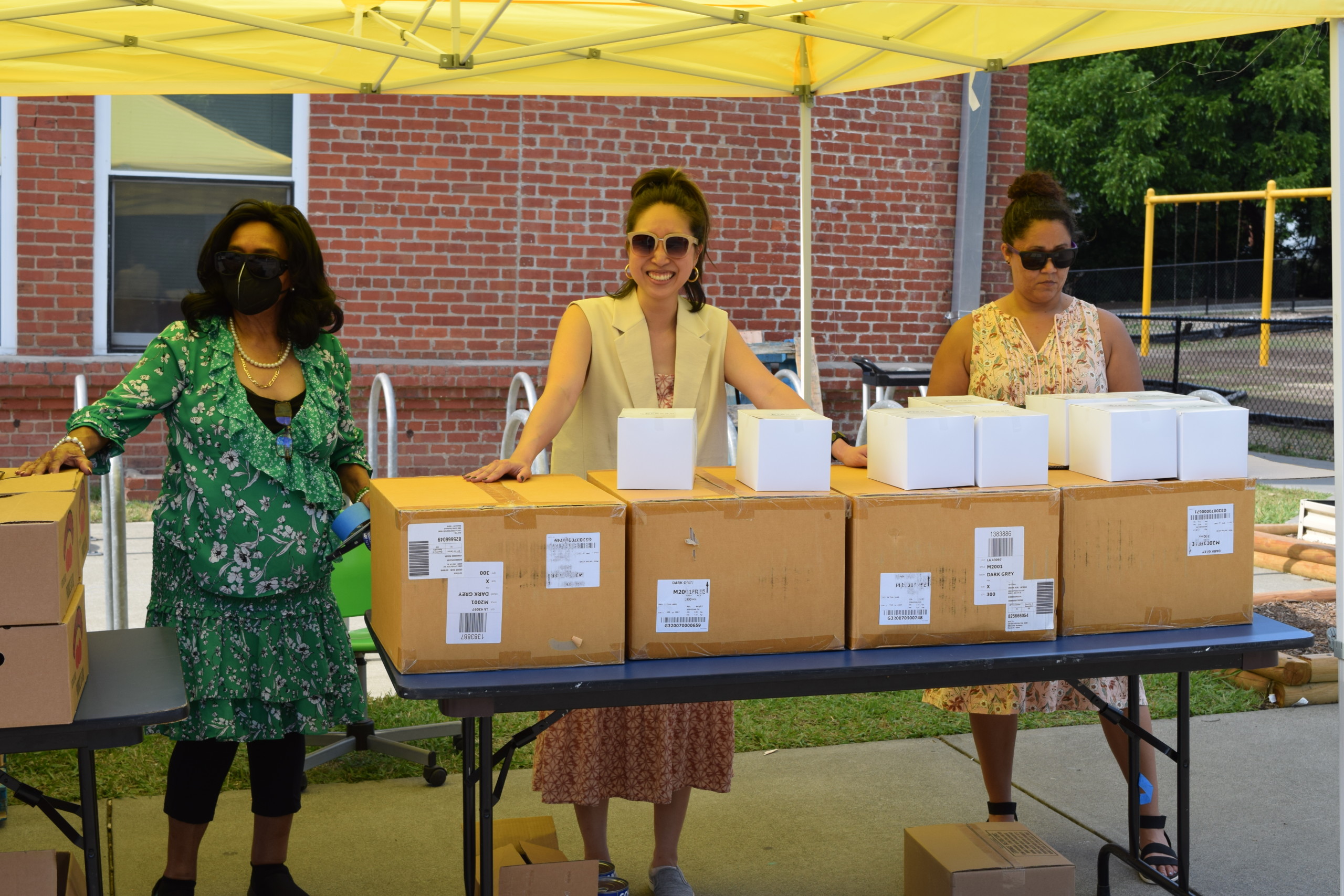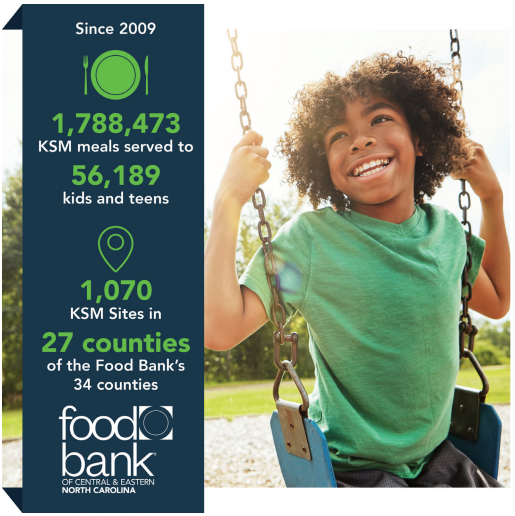By Nicole Harris, Summer Food Service Program Supervisor
These days most of my time at work isn’t actually spent at the Food Bank. Instead I’m in the car—my mobile office if you will—driving from one summer feeding site to another.
From June through August, our Kids Summer Meals program is in full force. My job is to keep in touch with more than 100 sites, making sure they have enough food for the kids and follow USDA regulations, while also providing other resources if needed.
 I also track our numbers and progress of the program: How many meals were served? And at what time? How many kids ate, and how many came up for a second meal? I look at what they ate, and what they didn’t. The goal is to feed these children, and with that in mind,we try our best to adjust the menu to provide food that the kids want to eat. As you probably know, finding food that kids like can be difficult. But finding food that over 4,000 kids will like… now that’s a real challenge. But we keep at it, making adjustments where we can.
I also track our numbers and progress of the program: How many meals were served? And at what time? How many kids ate, and how many came up for a second meal? I look at what they ate, and what they didn’t. The goal is to feed these children, and with that in mind,we try our best to adjust the menu to provide food that the kids want to eat. As you probably know, finding food that kids like can be difficult. But finding food that over 4,000 kids will like… now that’s a real challenge. But we keep at it, making adjustments where we can.
But in between counting heads and sandwiches, I inevitably observe something else during my visits: Kids that are ashamed to get seconds.
Regulations of the program and food safety rules dictate that the children must finish their meals at the feeding site. That means they can’t take any food home to save for later. For many of these kids, the meal they receive at the site may be the only thing they eat all day, so they fill up when they can.
On one of my site visits I watched an 8-year-old girl eat three sandwiches. A lot of food for someone so small. She commented that she was extra hungry because the only thing at home to eat was some cheese. Her mother sat next to her, clearly embarrassed of their situation. Embarrassed that her child is so hungry she ate three sandwiches in one sitting. Suddenly the privacy of your own home isn’t so private anymore.
It quickly becomes apparent to the other children in the programs that the kids going up for seconds and thirds are the ones with less food at home. Even for kids, there’s shame in receiving food assistance. Some of them end up feeling embarrassed to get in line for a second meal. So embarrassed that they simply, well, don’t.

Finishing up breakfast at a summer feeding site.
I once saw a site coordinator approach a child sitting quietly at a table. She asked if he was still hungry. He quietly replied, “Yes,” and she discreetly handed him a second meal.
Not having enough food to eat as a kid can have devastating effects: poor physical and emotional health, stunted development, and an inability to concentrate and learn new things. Driving from one summer feeding site to the next, I see the real faces of childhood hunger.
All kids share a common spark—that bright youthfulness which extends across cultures, regions, and economic brackets. Just as what it means to be a kid is not understood only by one particular child, what it means to be hungry is not confined to one particular neighborhood on that other side of town.
But knowing that the Food Bank is doing something—knowing we are providing breakfast and lunch to 4,000 kids and giving them back that possibility of a carefree summer—motivates me to drive on to my next site visit.


